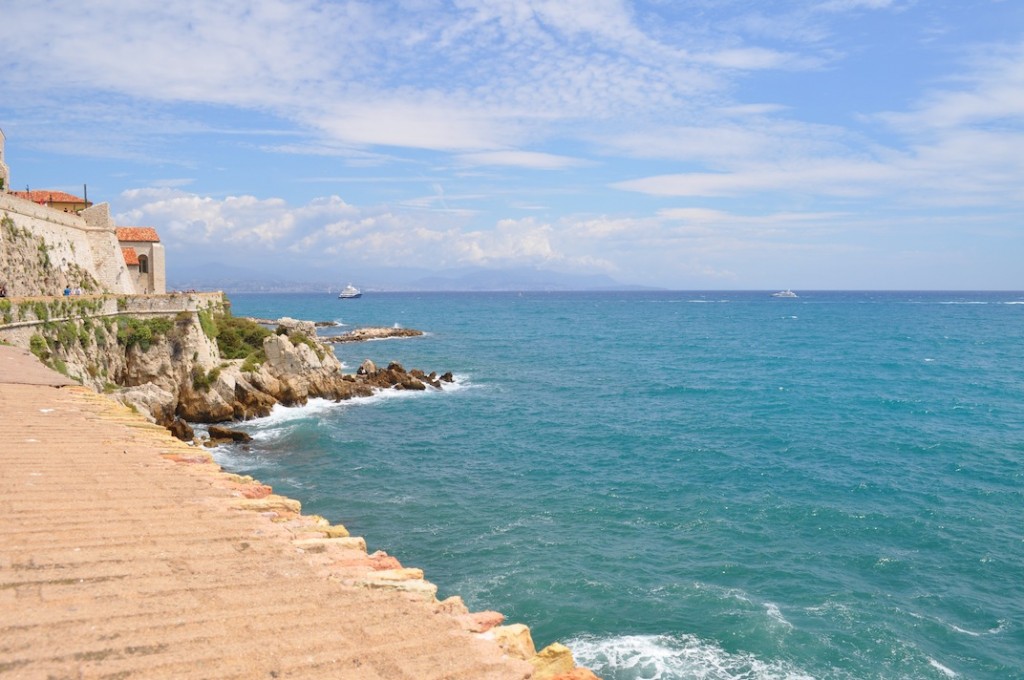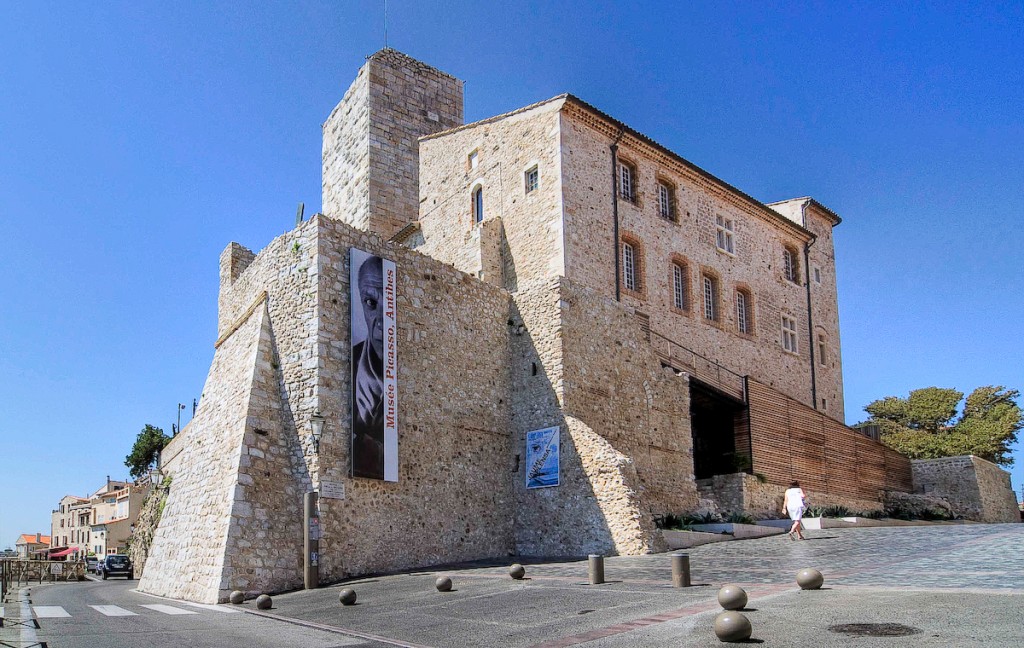
A playground for the rich, the famous, and even the middle class, Antibes is renowned for its pristine-sand, crystal-clear beaches. But that’s not all there is to this beautiful resort town, for Antibes tells of a colorful history, vibrant culture, and fascinating tradition. You can tread to the old bastions of the town while marveling at the coastline that sprawls towards the huge Bay of Angels in Nice, and feel like you have traveled back in time to a few hundred years. There are so many things to look forward to in Antibes, whether you’re alone, with your spouse, or with the entire family. Here is a brief but comprehensive travel guide to help you.
A Brief History
Antibes was founded in the 5th Century BC by a colony of Greeks coming from Massilia. Since then, it has become an instrumental trading port because of its strategic location. In 43 BC, it became a province of Gallia Narbonensis for nearly 500 years. When the Romans were defeated in 476 AD, barbaric individuals destroyed Antibes. In response to the destruction, Seigneur Rodoart built a fortress, which protected the city for two centuries. Stability behind the walls did not last though, until King Louis XI provided protection to Antibes. Although it eventually lapsed into obscurity, the 19th century saw an economic boom for Antibes, as more and more Europeans moved to the beautiful coastal city and settled there.
Going to and Around Antibes
Wondering how you can experience Antibes, France’s striking sun and sand? Then the first thing you should know about is how to get to this beautiful old town. If you are coming from another country, then your main point of entry is the Nice Airport, which is a few miles away from the coastal city. From here, you can take a train headed towards the city by catching a ride at the Nice-Cannes line. Or, you can also take the National French or Eurostar lines via Paris if you are coming from somewhere in Europe. The ticket costs around USD160 per way. From Nice, you can also take a 90-minute bus ride for just USD1 and alight at any of its numerous Antibes stops. You can also take a ferry, but the nearest dock to the city is Marseilles. By alighting here you need to take another form of public transport to finally reach Antibes. Once you are in Antibes, you will find it easy to get around the city. The best way to roam the district is to go by foot. You can also rent a bike to explore the cobblestone streets of Antibes.
The Best Time to Visit
Of course, the best time to visit Antibes is during the summertime, from June to August. Apart from being the perfect time to get into your skimpy bikini get your tan on, many activities and festivities are held during summer, such as the world-famous summer jazz music festival.
Can’t-Miss Destinations
Whether it’s a hilly area that leads nowhere but to a great view, a 5-century old fortress, or a chapel, you do have plenty of places to explore in this crown jewel of the French Riviera. Doesn’t matter if you have to walk, drive, or take a bike–take your feet to these places.
1) Fort Carre
This beautiful 16th century fortress, which rests on the former site of Chapelle de Laurent, is known for its star-shaped architecture and its impressive view of Port Vauban. Apart from its impressive design and surrounding greeneries, another thing that makes the port famous is its former resident – rather, prisoner – Napoleon Bonaparte.
Fort Carre is located at Avenue du 11 Novembre, with guided tours every Tuesday to Friday from 12:30 to 4 pm, and Saturdays and Sundays from 10 a.m. to 4 p.m.. You need to make reservations prior to visiting the fort, which is closed on Mondays and several public holidays.
2) Château Grimaldi Musée Picasso
Formerly a Roman Fort, the chateau at F-06600 Antibes is now the repository of Pablo Picasso’s masterpieces. The renowned painter, who stayed in the castle in 1946, has a floor solely dedicated to his priceless artworks. Apart from Picasso’s drawings, the Chateau also plays host to the designs of other renowned painters, such as Atlan, Adami, Richier, Leger and Hartung, to name a few. Entrance is free.
3) Museum of History and Archaeology

Take a trip back to historic memory lane by visiting the Museum of History and Archaelogy, located along Bastion Saint-Andre in Antibes. The museum houses extensive historic artifacts, ranging from portraits that display Antibes as a Greek town, to archaeological relics that were found in Antibes’ clear waters. Children 18 years old and under can get in for free, while adults need to pay a measly admission fee of around USD4.
4) Naval and Napoleonic Museum
Located along Avenue J. Kennedy, the Naval and Napoleonic Museum serves as a reminder of France’s naval triumph centuries ago. Housed in the Batterie du Grillon, the museum chronicles caricatures that depict the naval events from 1800-1815. Children 18 years old and below can get in free, while adults need to pay USD4 admission fee.
5) Church of the Immaculate Conception
Situated on Avenue Amiral-de-Grasse is the historic Church of the Immaculate Conception, which is famous for its historic artifacts and its corresponding view of Avenue de Verdun. Even if you are not Catholic, dropping by this church (no admission fee required) is truly worth your while, since it plays host to a marvelous 1515 altar painting by Louis Brea.
6) Garoupe Lighthouse
Getting to the Garoupe Lighthouse requires no admission fees; you just have to endure the tiring uphill hike to the place, which is approximately 300 feet above sea level. But once you are there, the tiring feeling is sure to dissipate because you will be treated to the magnificent views of Antibes, her beaches, and even the cityscape of nearby Nice, France.
- Pages:
- 1
- 2
